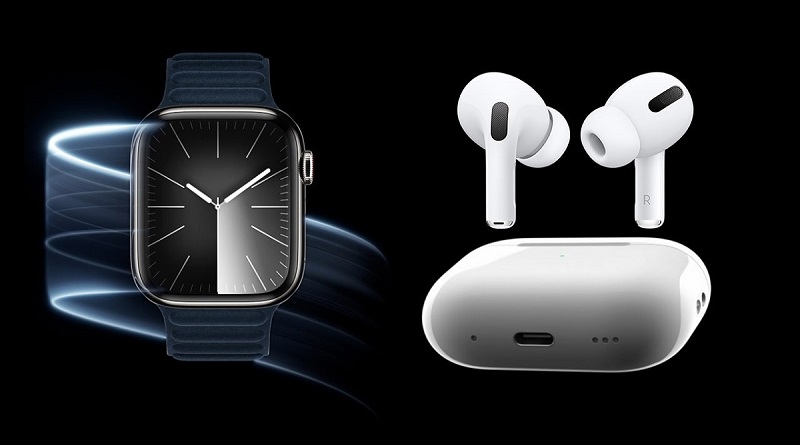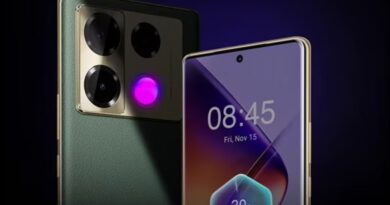Apple’s 2027 Plans: AI-Enhanced AirPods and Apple Watch with Integrated Cameras

Apple’s Vision for AI-Powered Wearables: AirPods and Apple Watch with Built-in Cameras
Apple is reportedly developing new versions of its AirPods and Apple Watch that incorporate built-in cameras, aiming to enhance their AI capabilities and integrate them more deeply into Apple’s wearable ecosystem. According to a Bloomberg report, these devices are expected to be ready by 2027, introducing a new era of intelligent wearables.
The integration of cameras into AirPods could extend Apple’s Visual Intelligence technology, which first appeared in the iPhone 16 lineup via the Camera Control button. This feature allows users to extract details from event flyers, add information to calendars, or look up restaurant information using the phone’s camera. By incorporating similar functionality into AirPods, users may be able to gather information or receive assistance from AI-powered tools like Siri, ChatGPT, or Google without needing to look at their phone screens .
Analyst Ming-Chi Kuo has also speculated that Apple’s camera-equipped AirPods could enhance spatial audio experiences when used with the Vision Pro headset. For example, when a user is watching a video with Vision Pro and wearing these new AirPods, if users turn their heads to look in a specific direction, the sound source in that direction can be emphasized to enhance the spatial audio/computing experience .
AirPods with Built-in Cameras
Apple is exploring the integration of infrared cameras into future AirPods models. These cameras would not be used for traditional photography but would serve as sensors to gather environmental data. This data could enable features such as gesture-based controls, where users can interact with their devices through hand movements, and enhanced spatial audio experiences, especially when used with the Vision Pro headset. For instance, if a user turns their head to look in a specific direction while watching a video, the sound source in that direction could be emphasized to enhance the spatial audio experience.
The integration of these infrared cameras is expected to leverage Apple’s Visual Intelligence technology, which debuted with the iPhone 16 lineup. This technology allows devices to analyze their surroundings and provide real-time contextual information to users.
Apple Watch with Built-in Camera
In addition to AirPods, Apple is reportedly working on an Apple Watch featuring a built-in camera. This camera could be embedded within the screen or placed near the Digital Crown on the next Apple Watch Ultra. The integration of a camera would allow the watch to interpret surroundings and offer more precise navigation and context-aware insights through a “Visual Intelligence” system.
The development of a specialized chip, codenamed “Nevis,” is underway to support the camera-enabled Apple Watch. This chip is expected to be ready by 2027, aligning with the anticipated launch of the new Apple Watch models.
AI Integration and Future Prospects
Apple’s push into AI-powered wearables reflects its broader strategy to integrate artificial intelligence into its ecosystem. The company is reportedly developing new M-series chips and dedicated AI server chips to support these advancements. By incorporating AI capabilities into its wearables, Apple aims to create more intuitive and intelligent devices that enhance user experience.
The integration of cameras into AirPods and Apple Watch models could also pave the way for new applications in augmented reality (AR). While these devices may not offer full AR experiences, they could provide users with contextual information and enhanced interactions with their environment, bridging the gap between traditional wearables and AR technologies.
Conclusion
Apple’s development of AirPods and Apple Watch models with built-in cameras signifies a significant step toward more intelligent and context-aware wearables. By integrating AI capabilities and leveraging Visual Intelligence technology, Apple aims to create devices that not only serve as tools but also as intelligent companions that enhance daily life. As the 2027 launch approaches, these innovations could redefine the wearable technology landscape.





